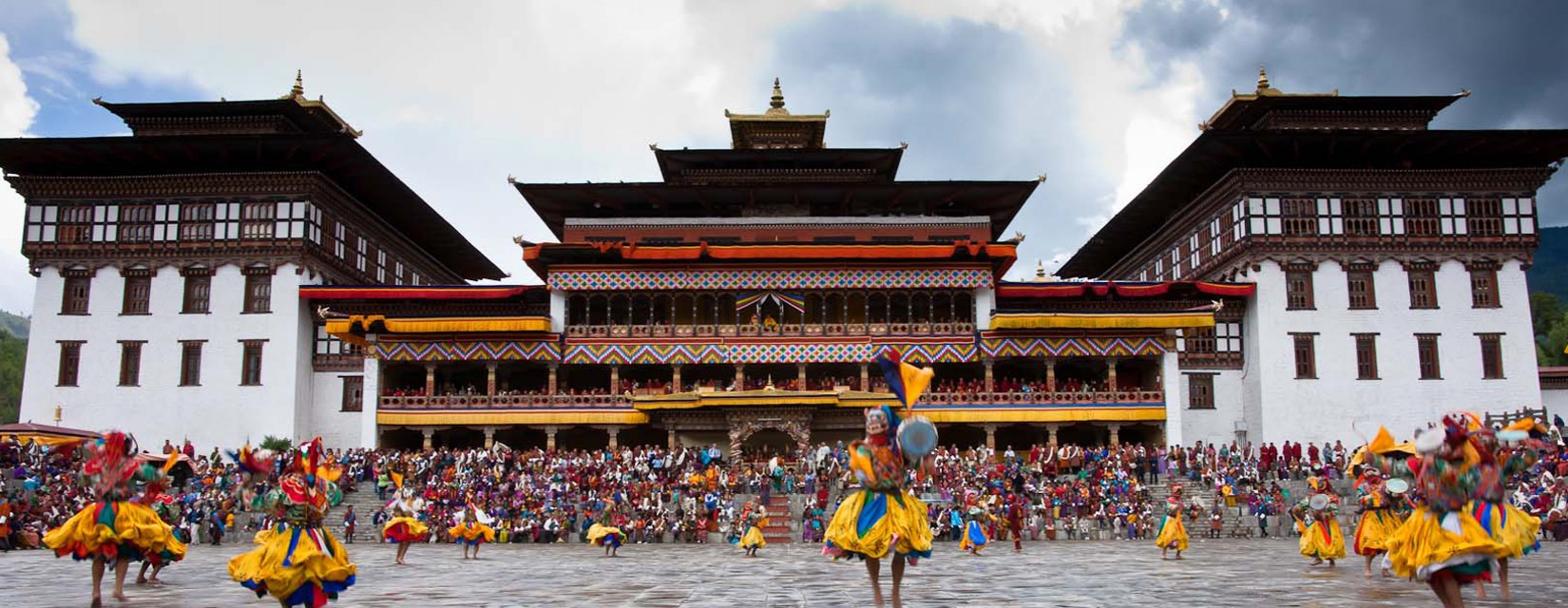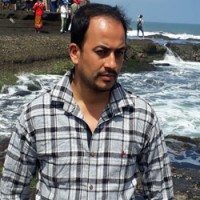About Bhutan Tshechu Festival Tour | 21st – 23rd September 2026 Festival Date
Bhutan Tshechu Festival Tour Cost | Itinerary 2026
Experience the vibrant Bhutan Punakha Tshechu Festival Tour with Himalayan Asia Treks and immerse yourself in the rich culture of Paro and Thimphu. This Bhutan cultural festival tour offers a unique opportunity to witness the colorful masked dances, traditional music, and spiritual rituals performed during the famous Tshechu festivals in Bhutan. Explore the historic Paro Dzong, majestic Thimphu monasteries, and local markets while enjoying the authentic Bhutanese hospitality. Our Bhutan Tshechu tour packages are designed for travelers seeking a deep cultural experience, combining sightseeing, festival celebrations, and local traditions. Join this Bhutan festival tour to discover the beauty, spirituality, and heritage of Bhutan with Himalayan Asia Treks.
Bhutan Tshechu Festival, Bhutan is one of the religious festivals in Bhutan celebrates annually held in each district or Dzongkhag of Bhutan on the tenth day of a month of the Buddhist Lunar Calendar. Tshechu Festival Tour started around the 8th to 9th century when Padmasambhava, a great scholar, visited Tibet and Bhutan. Padmasambhava performed a series of such dances in Bumthang Valley to restore the health of King Sindhu Raja. As a result, Padmasambhava organized the first Tshechu Festival in Bumthang Valley, where eight dance forms.
The Punakha tshechu festival in Bhutan 2026 March held for three days at the courtyard of majestic Punakha Dzong to honor Guru Rinpoche. This is one of the three biggest festivals held in western Bhutan. The other two being the festivals in Paro and Thimphu which are equally spectacular. The people come from far and near to witness the festival and get blessed. It is also time for prayer and family get together. The Local folks sing and dance dressed in colorful costumes. The festival ends with a throngdroel ceremony.
The Paro Tshechu is one of the biggest festivals in the country. On the first day, all mask dances held inside the courtyard of the Dzong. In the subsequent days, the square outside the Dzong hosts the festival.
Would you mind emailing us for Bhutan Tshechu Festival Tour date: [email protected] / 9779851098880 (WhatsApp/Viber)?
Things to know Bhutan Tshechu Festival Tour
Which is the best festival in Bhutan?
Bhutan, known for its vibrant culture and rich heritage, hosts several festivals throughout the year, each holding its own significance and allure. Among them, the Tshechu festivals stand out as some of the most celebrated and revered events in Bhutanese culture. Tshechus are religious festivals held in various monasteries and dzongs across the country, commemorating the life and teachings of Guru Padmasambhava, the revered saint who introduced Buddhism to Bhutan. While opinions may vary on which festival is the "best," the Tshechu festivals collectively represent the pinnacle of Bhutanese cultural expression and spiritual devotion.
How do we celebrate Tshechu in Bhutan?
Tshechu celebrations typically involve elaborate masked dances, vibrant traditional attire, and fervent religious rituals. Communities come together to witness these performances, which depict stories from Buddhist scriptures and commemorate significant events in Bhutanese history. The atmosphere is filled with joyous music, colorful decorations, and a sense of communal harmony as people gather to pay homage to their spiritual heritage and receive blessings from the sacred ceremonies.
What is Punakha Tshechu?
One notable Tshechu is the Punakha Tshechu, held annually in the Punakha Dzong, one of Bhutan's most majestic fortresses. This festival holds particular significance as it commemorates the victory of Bhutanese forces over Tibetan invaders in the 17th century. The Punakha Tshechu features unique masked dances, including the famous "Dance of the Black Hats," along with other religious rituals and cultural performances that attract locals and tourists alike.
What is Paro Tshechu festival?
Another renowned Tshechu is the Paro Tshechu, celebrated in the Paro Valley, home to Bhutan's only international airport. This festival is famous for its stunning setting against the backdrop of Paro's picturesque landscapes and the iconic Paro Dzong. Paro Tshechu features a variety of masked dances, including the mesmerizing "Dance of the Lords of the Cremation Grounds," as well as traditional songs, archery competitions, and vibrant market stalls selling local handicrafts and delicacies.
In essence, the best festival in Bhutan is subjective, as each Tshechu holds its own charm and significance to the Bhutanese people. Whether it's the historic significance of Punakha Tshechu or the breathtaking beauty of Paro Tshechu, these festivals offer a captivating glimpse into Bhutan's cultural heritage and spiritual traditions, making them cherished events for locals and visitors alike.
Schedule of Tshechu :
- On the first day, performances of three kinds of Dance: Dance of the Heroes (Pacham), Dance of the Stags and Hounds (Shaw Shachi), and Dance with Guitar (Dranyeo Cham).
- On the second day, dances performed are The Black Hat Dance (Shana), Dance of the 21 black hats with drums (Shanga Ngacham), Dance of the Noblemen and the Ladies (Pholeg Moleg), Dance of the Drums from Dramitse (Dramitse Ngacham), Dance of the Noblemen and the Ladies (Pholeg Moleg) and Dance of the Stag and Hounds (Shawa Shachi).
- On the third day, the dances performed are: Dance of the Lords of the Cremation Grounds (Durdag), Dance of the Terrifying Deities (Tungam), and Dance of the Rakshas and the Judgement of the Dead (Raksha Mangham)
- On the last day of the festival, the dances performed: Dance of Tamzhing Monastery in Jakar, Dance of the Lords of the Cremation Grounds (the same dance as day 3), Dance of the Ging and Tsoling (Ging Dang Tsoling), and Dance of the Eight Manifestations of Padmasambhava (Guru Then Gye).
- For getting Bhutan, There are regular Bhutan flights from Kathmandu, Delhi Bangkok.
Bhutan Visa processing:
Our company pre-processes Bhutan visas. A scanned copy of your passport needed for confirming tour. Processing a Bhutan visa will take up to 7 days at the max.
- Your passport must be valid for more than six months at the time of arrival in Bhutan.
- Passport size photo.
- Travel Insurance.

